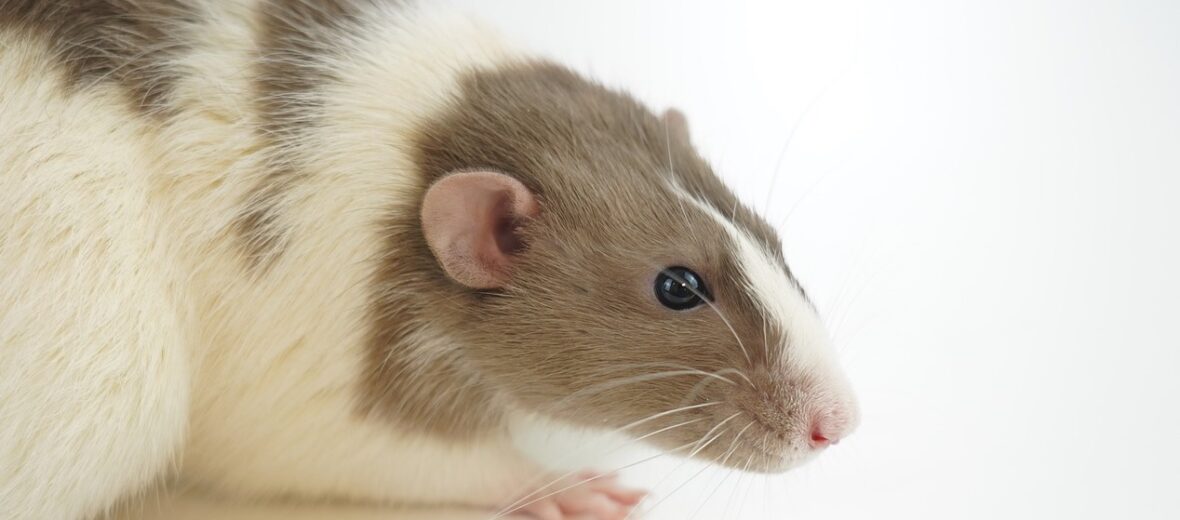
As the title says, rats are everywhere. This article will talk about all kinds of cool critter facts about a misunderstood and often hated creature, the rat. Rats are both a nuisance and sought after as pets. They are very adept at surviving and are smarter than you might think! Rats can be found on every continent, sans Antarctica. Due to the sheer numbers of these rodents, they are listed as Least Concern by the IUCN.
First the Stats…
Scientific name: Rattus
Weight: Up to 12 ounces
Length: Up to 18 inches, including tail
Lifespan: Up to 3+ years
Now on to the Facts!
1.) Most people don’t know that the rat has a fantastic memory? Once they learn a navigation route, they won’t forget it.
2.) A rat, when happy, will make a sort of laughing sound and even purr.
3.) Believe it or not, rats tend to succumb to peer-pressure, just like humans. Brown rats have been observed disregarding personal preferences in order to copy the behavior of their fellow rats. The urge to conform is so strong, in fact, that they will even eat unpalatable food if they are with other rats who are eating it. “Come on, bro. Do it. All the cool rats are doing it!”
4.) Rats take care of injured and sick rats in their group. Unless they are under extreme stress, then they will turn on the weaker rat(s) and kill them.
5.) The rat will use its tail to communicate, balance themselves, and even thermo-regulate (control their body temperature).
But wait, there’s more on the rat!
6.) Rats are typically very clean animals, spending several hours every day grooming themselves and each other. Although they can definitely spread disease, given the correct conditions. Living in under developed countries, where rat born disease is much higher than can be found in developed countries, can lead to a higher instance of diseases obtained from rats. This is the same scenario with other “pest” animals. You provide them with a dirty environment, then they will spread disease.
7.) If they don’t have companionship, a rat will become lonely and even depressed. Some rats have even been observed self harming.
8.) An adult rat can squeeze into your home through a hole as small as the size of a quarter.
Did you know…?
Rat teeth never stop growing! This is why they must always chew on tough or course materials in order to grind down their teeth.
9.) Rats have strong teeth so strong that they are able to chew through glass, cinderblock, wire, aluminum and lead.
10.) Rats reproduce rapidly, giving birth to 6 – 12 young, 3 – 6 times per year. Peak breeding season occurs in spring and fall.
But wait, there’s still more on the rat!
11.) Another testament to their intelligence is that domesticated rats can even be taught to use a litter box. Mine do.
12.) They even respond to their names.
Now a Short Rat Video!
Also, check out the Critter Science YouTube channel. Videos added frequently!
Want to suggest a critter for me to write about? Let me know here.



